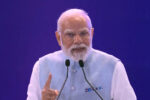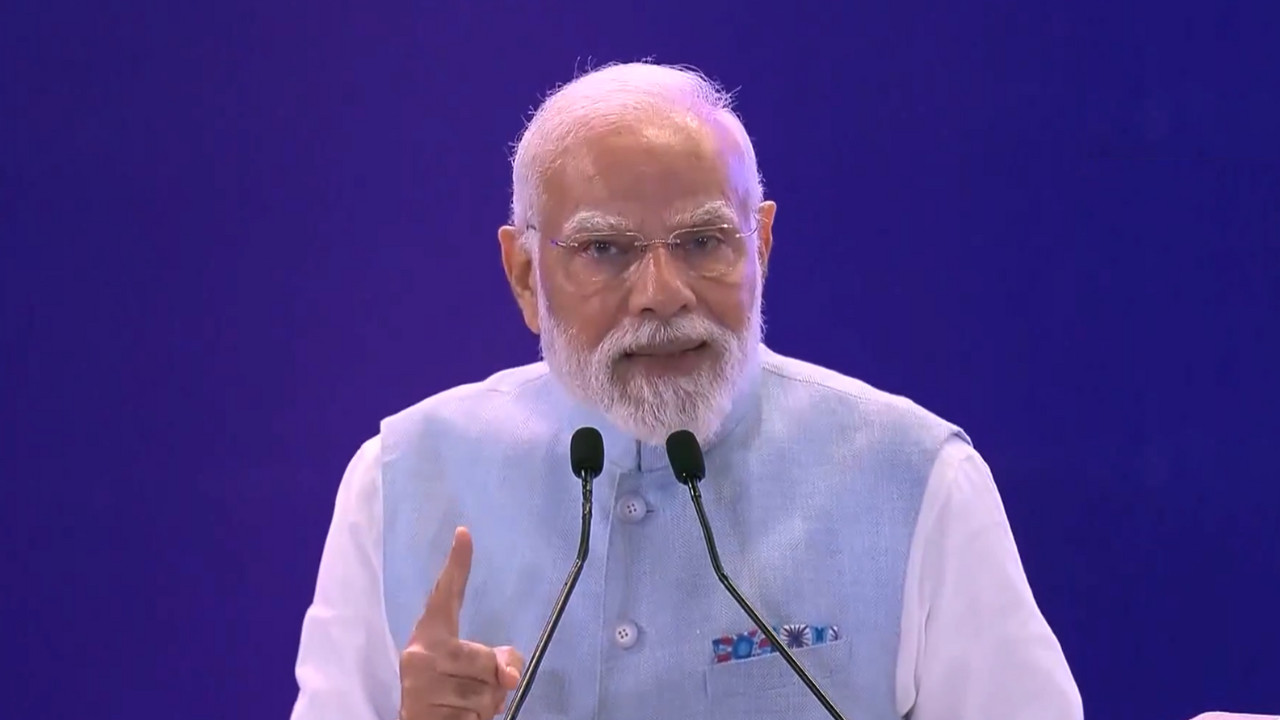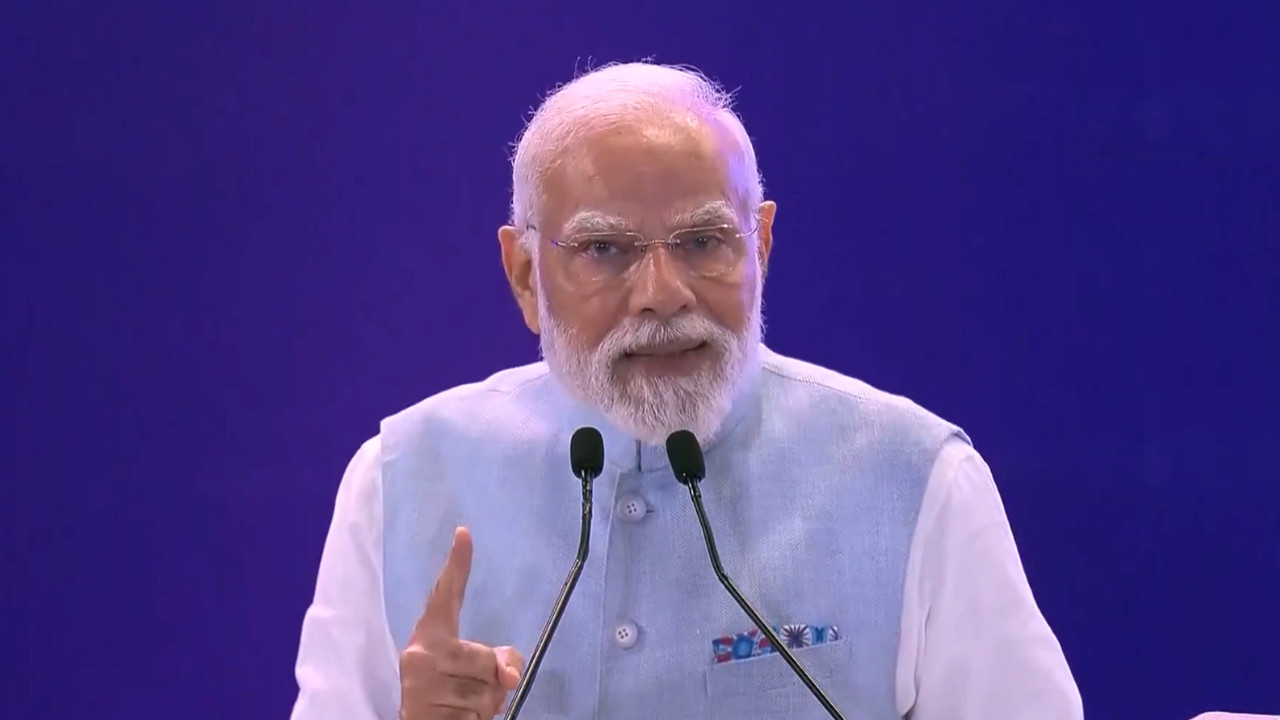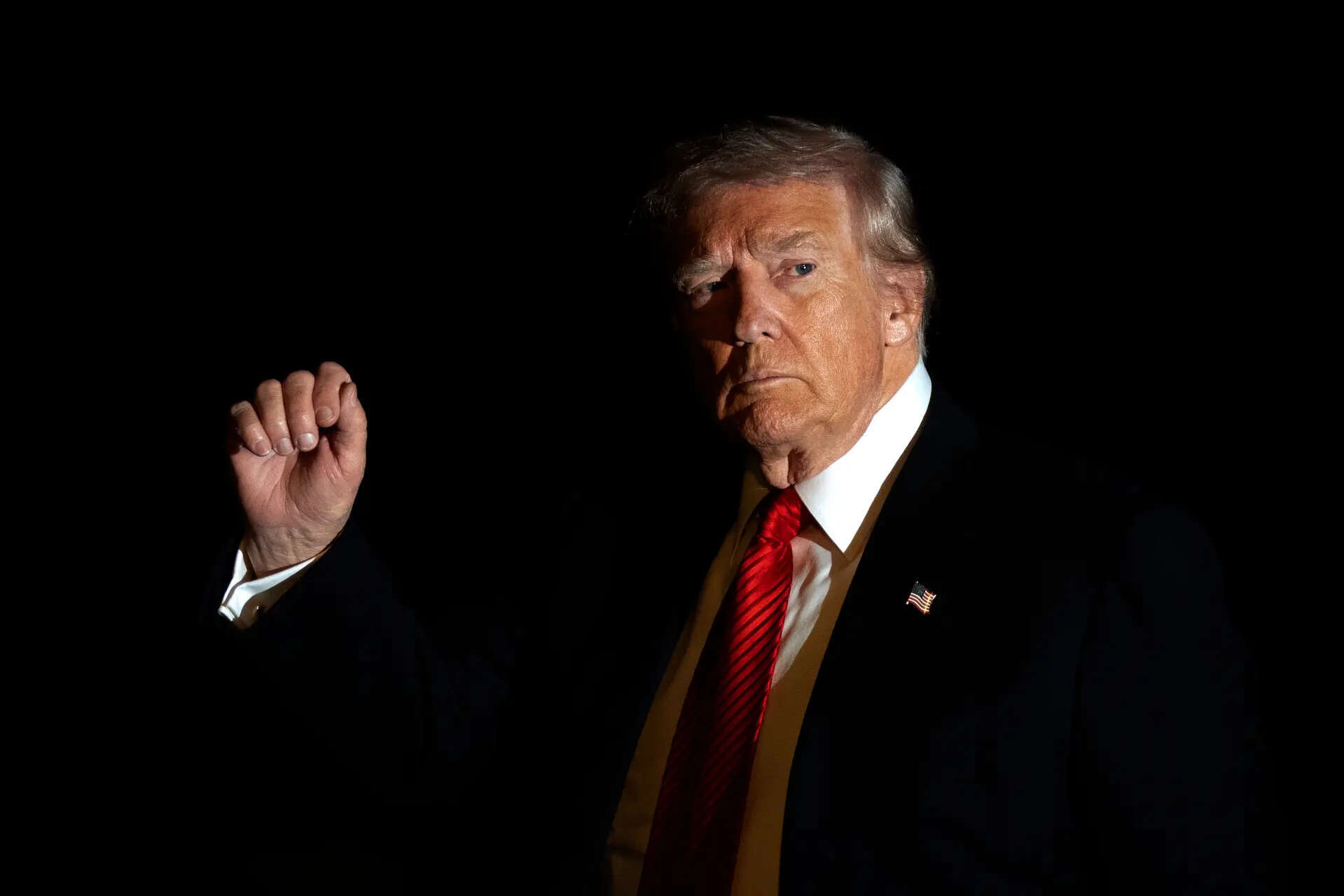India & US: Can We Expect a Trade Tango This Time?
Okay, let’s be real. We’ve all been watching the India-US trade dance for what feels like ages, haven’t we? It’s a complex relationship, full of promise and potential, but also peppered with the occasional stumble. And just when you think they’re about to waltz into a comprehensive agreement, something pops up and puts a pause on the whole thing.
So, the news that a US delegation is landing in India on June 5th and 6th for fresh talks on a bilateral trade agreement? It’s definitely something to pay attention to, but I’m approaching it with a healthy dose of… cautious optimism.
This isn’t their first rodeo, after all. We’ve seen numerous rounds of discussions, high-level meetings, and plenty of pronouncements about strengthening ties. But converting that goodwill into actual, tangible trade benefits for both sides? That’s the real challenge.
What’s different this time? Well, for one, the global landscape has shifted significantly. We’re living in a world grappling with supply chain disruptions, geopolitical uncertainties, and a growing desire for economic diversification. This puts a premium on reliable partnerships, and both India and the US are acutely aware of this.
Think about it: the US is eager to reduce its dependence on certain countries (we all know who they are). India, on the other hand, is striving to become a global manufacturing hub and attract foreign investment. The timing, therefore, feels ripe for a deeper, more strategic economic partnership.
The agenda for these talks is expected to be broad, covering a range of crucial areas. We’re talking about easing market access for goods and services, streamlining regulations, and addressing non-tariff barriers that often act as roadblocks to smooth trade. Specifically, expect the Americans to be keen on seeing India lower its tariffs on certain agricultural products and medical devices – long-standing points of contention.
For India, the focus will likely be on securing greater access for its IT services and pharmaceutical products in the US market. The issue of professional visas (H-1B visas, anyone?) is also bound to crop up. These visas are crucial for Indian tech professionals who contribute significantly to the US economy, and India wants to ensure a predictable and fair process for them.
Beyond the specifics, the real key to success lies in building trust and understanding. Both sides need to be willing to compromise and address each other’s concerns in a spirit of mutual respect. It’s not just about hammering out the best deal for oneself, but about creating a win-win situation that benefits both economies in the long run.
Of course, there are hurdles to overcome. India’s protectionist tendencies, while understandable in the context of its developing economy, often clash with the US’s push for free and open markets. Similarly, the US’s stringent regulations and compliance requirements can sometimes prove challenging for Indian businesses.
However, these challenges shouldn’t be seen as insurmountable obstacles. Instead, they should be viewed as opportunities for constructive dialogue and creative solutions. The fact that both sides are willing to sit down and talk is a positive sign in itself.
My personal take? I believe a comprehensive trade agreement between India and the US is not just desirable, but essential. It has the potential to unlock significant economic opportunities, boost innovation, and strengthen the strategic partnership between the two countries.
But let’s not get ahead of ourselves. History has taught us that trade negotiations can be unpredictable. There will be moments of progress, moments of setbacks, and perhaps even moments of frustration.
So, as the US delegation touches down in India, I’ll be watching closely, along with the rest of the world. Will this be the time they finally nail that perfect trade tango? I’m keeping my fingers crossed. Because a strong and vibrant India-US economic partnership is not just good for those two countries; it’s good for the global economy as a whole. Let’s hope they can make it happen. And quickly. Because the world isn’t getting any less complicated, is it?
📬 Stay informed — follow us for more insightful updates!







